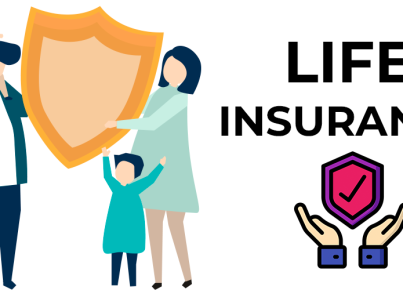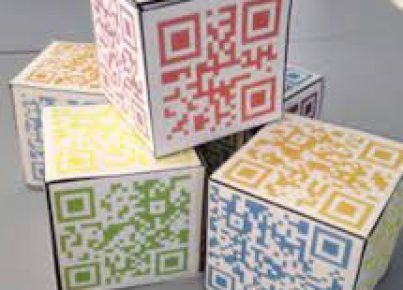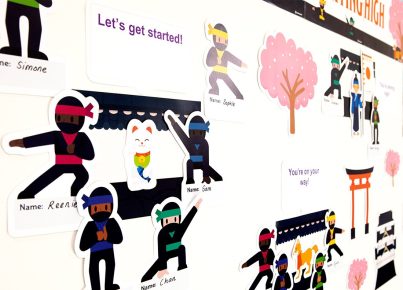Introduction
Sentence stems are an effective tool that learners can use to develop their communication skills, improve comprehension, and enhance critical thinking. In this article, we will discuss how to use sentence stems and provide over 60 examples that can be personalized and adapted as per the specific learning context.
What are Sentence Stems?
Sentence stems are predetermined phrases designed to facilitate responses in discussions, writing assignments, or self-reflection. They allow learners to organize their thoughts and express themselves effectively while promoting quality engagement and deeper thinking across various subjects.
How to Use Sentence Stems
1. Choose relevant stems: Select stems that fit your subject area or learning objectives. For instance, if the goal is to encourage critical analysis in literature, choose sentence stems that require learners to analyze texts by comparing themes, characters, or plots.
2. Introduce them gradually: Introduce sentence stems progressively so that students have time to practice using them naturally and effectively. This can be done by incorporating one or two at a time into discussions or activities.
3. Model using sentence stems: Demonstrate how sentence stems can be used by providing examples during class sessions and incorporating them into your feedback on student work.
4. Encourage students’ use: Create opportunities for students to use sentence stems during group discussions or individual writing tasks. Utilize prompts that encourage reflection or debate requiring the use of these predetermined phrases.
5. Track progress: Monitor the students’ use of sentence stems over time and provide feedback and reinforcement on areas where they may need further assistance.
60+ Sentence Stem Examples for Every Subject
Mathematics:
1. “I noticed a pattern when I saw…”
2. “The formula changes if we…”
3. “My solution is different because…”
Science:
4. “Based on my observation, I predict…”
5. “This experiment demonstrated…”
6. “One way to classify this organism is…”
Social Studies:
7. “An important event in this time period was…”
8. “This primary source reveals…”
9. “A significant cultural difference is…”
Literature:
10. “A central theme in this story appears to be…”
11. “The author’s use of symbolism is evident when…”
12. “An interesting character trait of (character) is…”
Writing:
13. “In my introduction, I will discuss…”
14. “To support my argument, I will provide evidence from…”
15. “My conclusion effectively summarizes my main points by…”
Reading Comprehension:
16. “The purpose of the author is to convey that…”
17. “The passage suggests that the character feels…”
18. “A significant turning point in the text occurs when…”
Critical Thinking:
19. “An alternative perspective on this issue might be…”
20. “This argument could be supported by considering…”
21. “One possible implication of this idea is…”
Self-Reflection:
22. “I feel more confident in my understanding of this subject because…”
23. “One aspect that challenged me during this exercise was…”
24. “To improve, I need to focus more on…”
Conclusion
Sentence stems provide a supporting structure that enables students to articulate their thoughts meaningfully and foster critical thinking skills across varied subjects and learning contexts. By incorporating sentence stems into your teaching methodology, you can help your learners become more confident communicators and reflective thinkers, and enhance their overall academic development.





